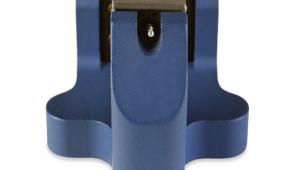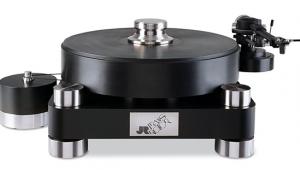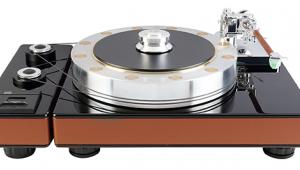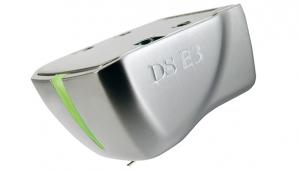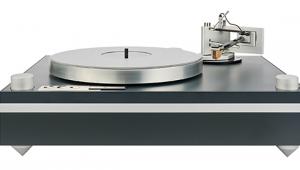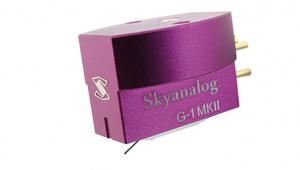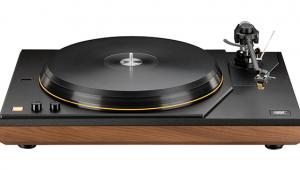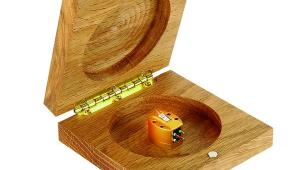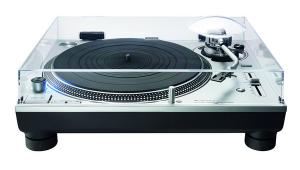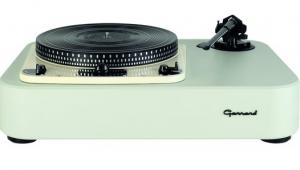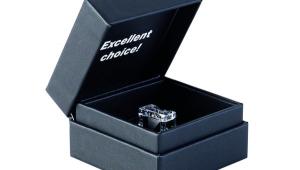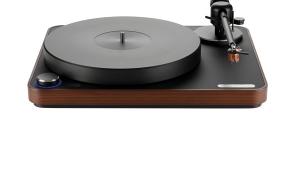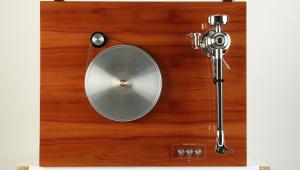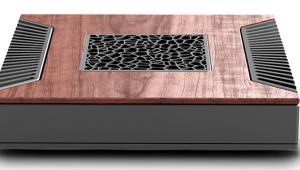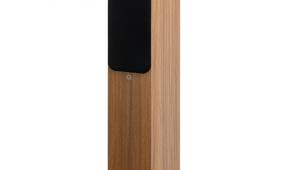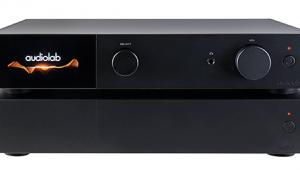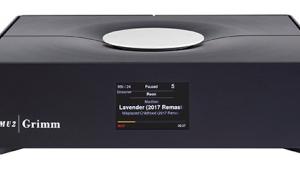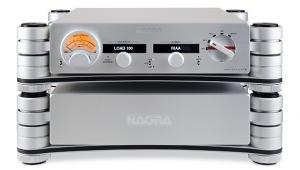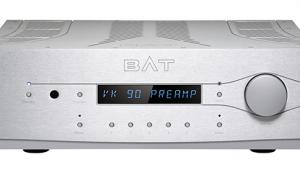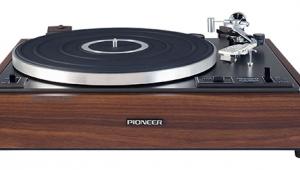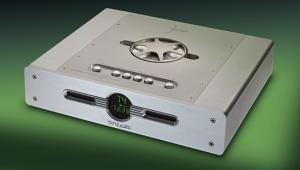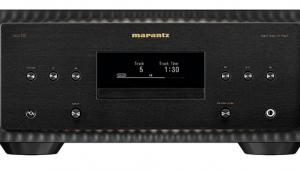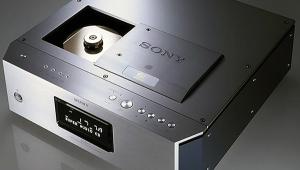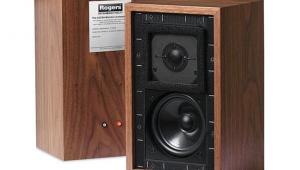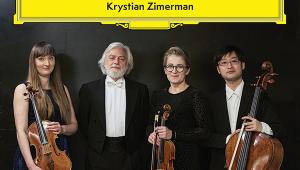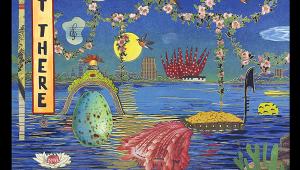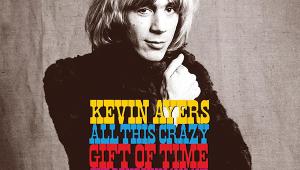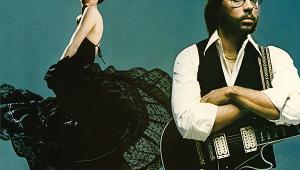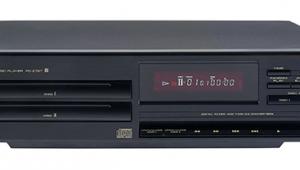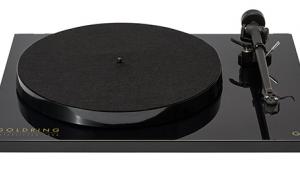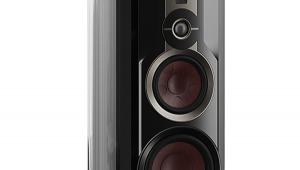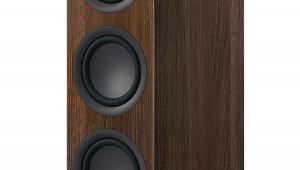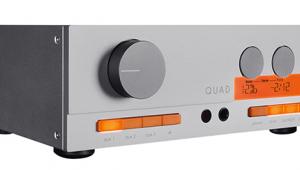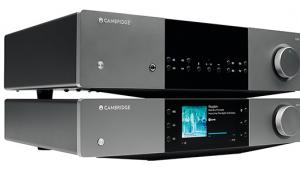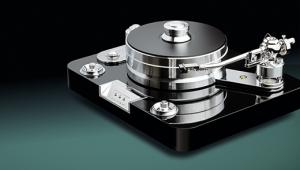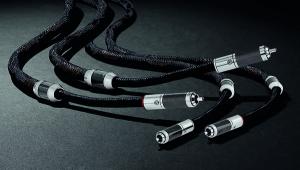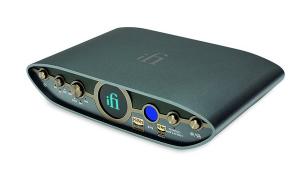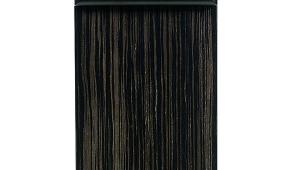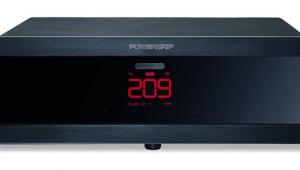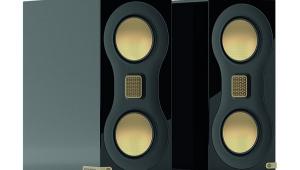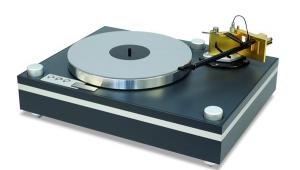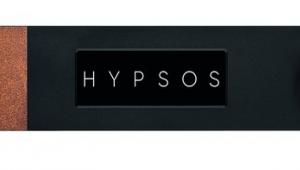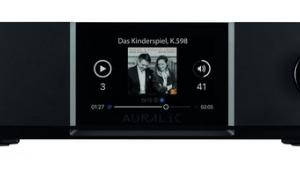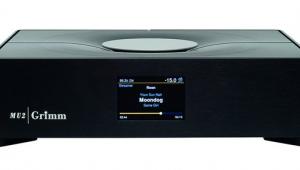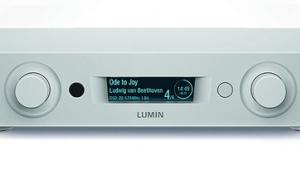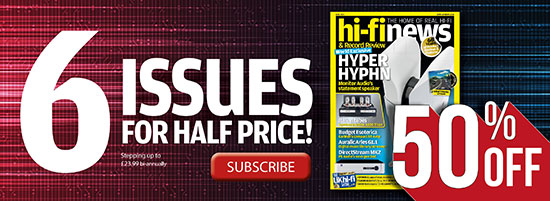DS Audio TB-100 Energiser/Equaliser
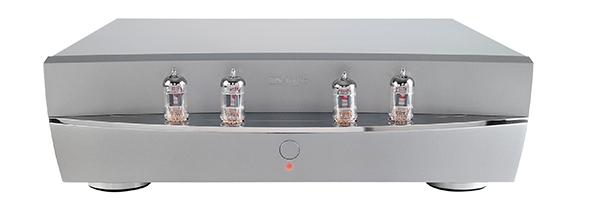

This just may be the most self-fulfilling review I’ve ever written. DS Audio has unleashed a valve energiser and equaliser, the TB-100, for its optical cartridges. Up to this point, every one of its cartridges has been launched with a matching solid-state energiser of relative or comparable price, but the TB-100 has been released on its own. Because every DS Audio cartridge will work with any of the energisers regardless of price, this time it’s all about the tubes.
At £17,500, the TB-100 joins the existing range of five energiser/equalisers, at a price point just below the middle rank. It’s costlier than the DS-W3 (£9105) but less expensive than the DS Master 3 (£18,885), while above that reside the two-chassis DS Grand Master (£42,200) and £62,000 GM Extreme [HFN Dec ’22, Jan ’24, Feb ’21 and Oct ’23, respectively]. As you’ll see, the TB-100 shares the output and low-pass filter choices of the various solid-state models, but I was mildly surprised to see it lacks balanced (XLR) outputs – my only complaint.
Match maker
It’s worth noting for newcomers to DS Audio optical cartridges that the pricing list doesn’t show a special ‘deal’ for the TB-100-plus-cartridge – seen with its other combinations – but this doesn’t preclude savings being offered if buying a cartridge at the same time as a TB-100.
Sleek and shiny, the TB-100’s layout is slightly unusual, occupying a flat and wide but low-profile 440x150x482mm (whd, including terminals). At the front, on full display and sans protective cage, are four ECC82 (12AU7) triode tubes, which DS Audio says are ‘optimised specifically for this model’, being carefully matched for variations during operation, and then paired to within 1% (or 0.1dB).
Each pair of valves per channel splits their duties into voltage amplification and output buffering, with the passive equalisation situated in between. The company describes the design as a ‘straightforward two-stage amplification circuit with low-impedance cathode follower output stages’. To reduce crosstalk, DS Audio has opted for a dual-mono configuration with completely independent earthing and power transformers.
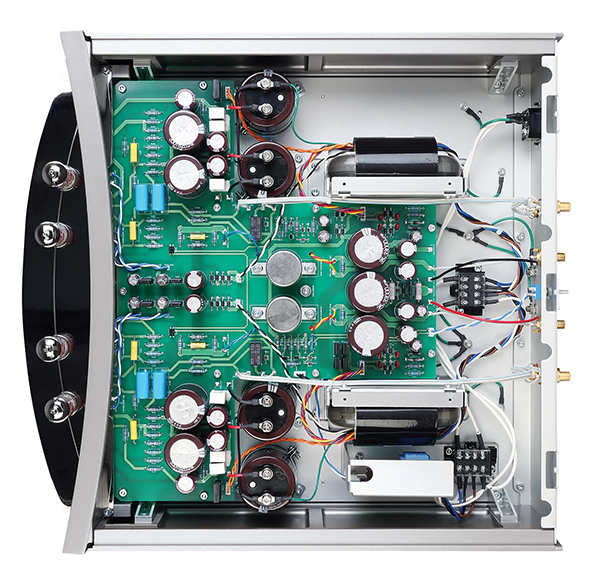
The TB-100’s fascia, such as it is, hosts a single button for Power On/Off, with partnering LED, below the array of valves. After switch-on, the LED glows orange. Warm-up takes between 60 and 90 seconds, then the LED changes to red. Now the automatic mute function is deactivated and the TB-100 is operational.
Careful connection
Minimalist, too, is the back, which will be familiar to all previous DS Audio customers. There’s one pair of RCA phono sockets for a single turntable with DS Audio cartridge. It must be remembered – no, make that stressed – that DC power is fed to DS Audio’s optical cartridges through the signal cables, so you must never connect an MM or MC cartridge to a DS Audio energiser (or a compatible equaliser from a third party manufacturer – discussed later). Furthermore, you must avoid switching on the energiser before all connections have been made.
Two outputs, however, are offered, both on RCA phonos. Output 1 is compliant with standard RIAA specifications, and is the most likely to be used, while Output 2 incorporates an additional subsonic filter operating at 20Hz (–6dB/octave). The output choices are augmented by a toggle switch which selects primary 30Hz and 50Hz bass roll-offs. Because an optical cartridge can (theoretically) reproduce signals down to DC, the bass behaviour of your system will determine which output setting is preferred – I used Output 1 with a 30Hz roll-off throughout.
Dream come true
In order to appreciate the boldness of DS Audio launching this all-valve energiser/equaliser, one needs to look at how, in just over a decade, the company has successfully established its new cartridge technology as a viable alternative to MCs and MMs. Its optical cartridges, which realised a dream started in the 1970s, have inspired at least eight other brands to develop phono stages with compatible DS Audio energiser inputs, including Soulnote [HFN Nov ’23], Soulution, EMM Labs, etc. My own cowardly choice, however, would be to default to the matching energiser from DS Audio. That, however, doesn’t apply to the TB-100. It’s a free agent, so to speak.
What makes the universality of the TB-100 possible is how every DS Audio cartridge works with every energiser. While I doubt anyone would feed the Grand Master EX into one of the entry level models, it is ‘doable’. There’s also an argument that the cartridges differ more sonically than the energisers. But it’s moot: by the time you get to the Grand Masters the resolution is of such a high standard that, through a wide bandwidth system, you will hear every subtle variance – hence the need to audition both cartridges and energisers.
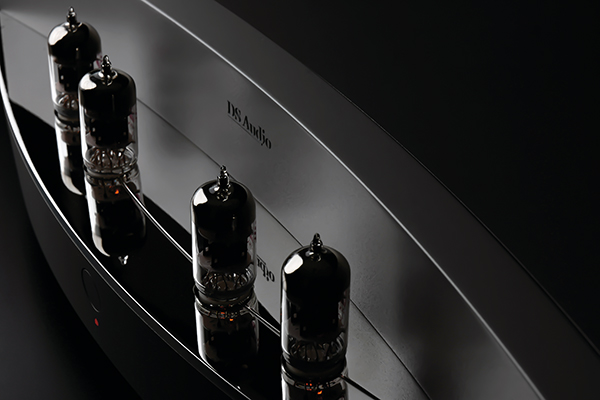
It was pointed out to me to by an owner of a Grand Master EX and its two-chassis energiser that the TB-100 costs only a third of it. Will this be an issue for DS Audio? No, because it brings us back to the obvious… the TB-100 is strictly about tubes-vs-trannies. Although this conflict was resolved decades ago, both technologies now existing side-by-side, it is clear that for some audiophiles it’s an either/or situation!
![]() Turn on the lights
Turn on the lights
This time around, the user experience was more than just watching the LED on the front of the Master 3 cartridge light up – the four tubes on the TB-100 create a visual feast for any valve aficionado. But what I was not expecting was the initial blast from a barely burned-in unit. ‘Enlightening’ is too corny a word to use, so I’ll stick with ‘revelatory’.
What happened was this. When I first installed the TB-100 in my system, I was accompanied by a veteran of DS Audio cartridge usage and his equally audiophilic partner. Between us, we’ve heard nearly every model of cartridge and energiser, and we total 18 years experience with them. But it was a freezing February morning, and the TB-100 went from car to system, still cold to the touch.
Within three revolutions of the opening of Crosby Stills & Nash’s self-titled debut album [Atlantic 75/Rhino RCD1 8229], we knew that something new and exciting was afoot. Here there must be declared a possible bias to our reaction, as we are valve-inclined, but prejudice had nothing to do with it. The three of us were stunned.
For starters, the TB-100 was audibly more open, separating the music so deftly that zooming in on each voice was rendered almost too easy. It did this without expansion to the point of overkill, and certainly not by creating a ‘hole in the middle’. Positioning remained coherent but with each voice enjoying its own turf. In terms of soundstage and transparency, the experience was akin to the calibre of improvement you would associate with jumping two or three levels of upgrading in a known system. I repeat, my colleagues and I are not new to the DS Audio approach. We knew what we were hearing – and it was a change on a par with, well, tubes versus transistors.
Taste test
But was it ‘better’ or just ‘different’? Here comes the subjectivity, and I am not about to step between two audiophiles arguing over, say, D’Agostino versus Jadis. The vocals were so much more lifelike and natural-sounding than via either of the solid-state energisers that slight sacrifices in crispness on transients mattered not at all. At least, not to me. But I am not blind (or should that be deaf) to the transistor units.
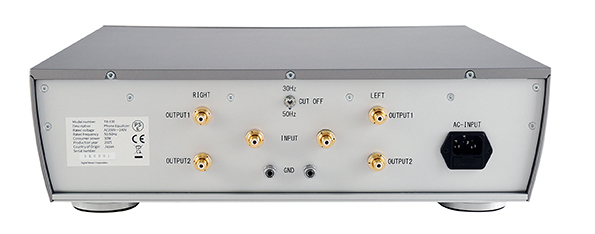
There’s no arguing that they better suited the shredding on another eponymous debut, Van Halen [Mobile Fidelity UD1S 2-032]. The fiery break in “You Really Got Me” – hard to believe it’s now 47 years old – had a definable attack and edge via the Master 1 energiser, which categorically would appeal to a hard rock aficionado. The TB-100 had the mass and the power, but it was slightly slower with transient attack and, at the bottom end, showed less weighty slam.
But it was intangibles that drew me in, such as Graham Nash’s voice on “Lady Of The Island” from the aforementioned Crosby Stills & Nash, the sense of delicacy and (how it kills me to admit this) the level of emotion in this sparse track. The same could be said for the whole of yet a third eponymous debut, the new mono reissue of Bob Dylan [Mobile Fidelity MFSV 1-523].
Rising star
Acoustic guitar, harmonica and Dylan at his most nasal – it is arguable that such a recording is either no challenge whatsoever or a tougher recording to resolve because it’s utterly unplugged. The Van Halen album was as far removed from folkie period Dylan as I could get, and it showed up the divergence between valves and solid-state with remarkable clarity and efficacy. But hearing Dylan’s 'House Of The Rising Sun' with such in-the-room presence and total freedom from artifice reminded me why I’m essentially a ‘tube guy’.
That, alas, didn’t resolve a conflict. I listen to just as much powerhouse rock, from The J Geils Band to Whitesnake to Mountain, to know that I would ideally want to have both solid-state and valve options. The great news? You can have a TB-100 for the softer stuff, while DS Audio’s entry-level DS-E3 solid-state energiser costs only £1270. Buy the pair of them and you’re ready for anything.
Hi-Fi News Verdict
This conclusion demands a repeat of the raison d’être that defines the DS Audio TB-100: it’s all about valves. Its five solid-state siblings share a hyper-precise and cool sound, while the TB-100 veers toward the warm and romantic. And if that doesn’t define 60 years of tubes versus trannies, nothing does. Your tube-or-tranny preference will decide for you. If I had £17,500, I’d buy a TB-100 without a moment’s pause.Sound Quality: 89%
